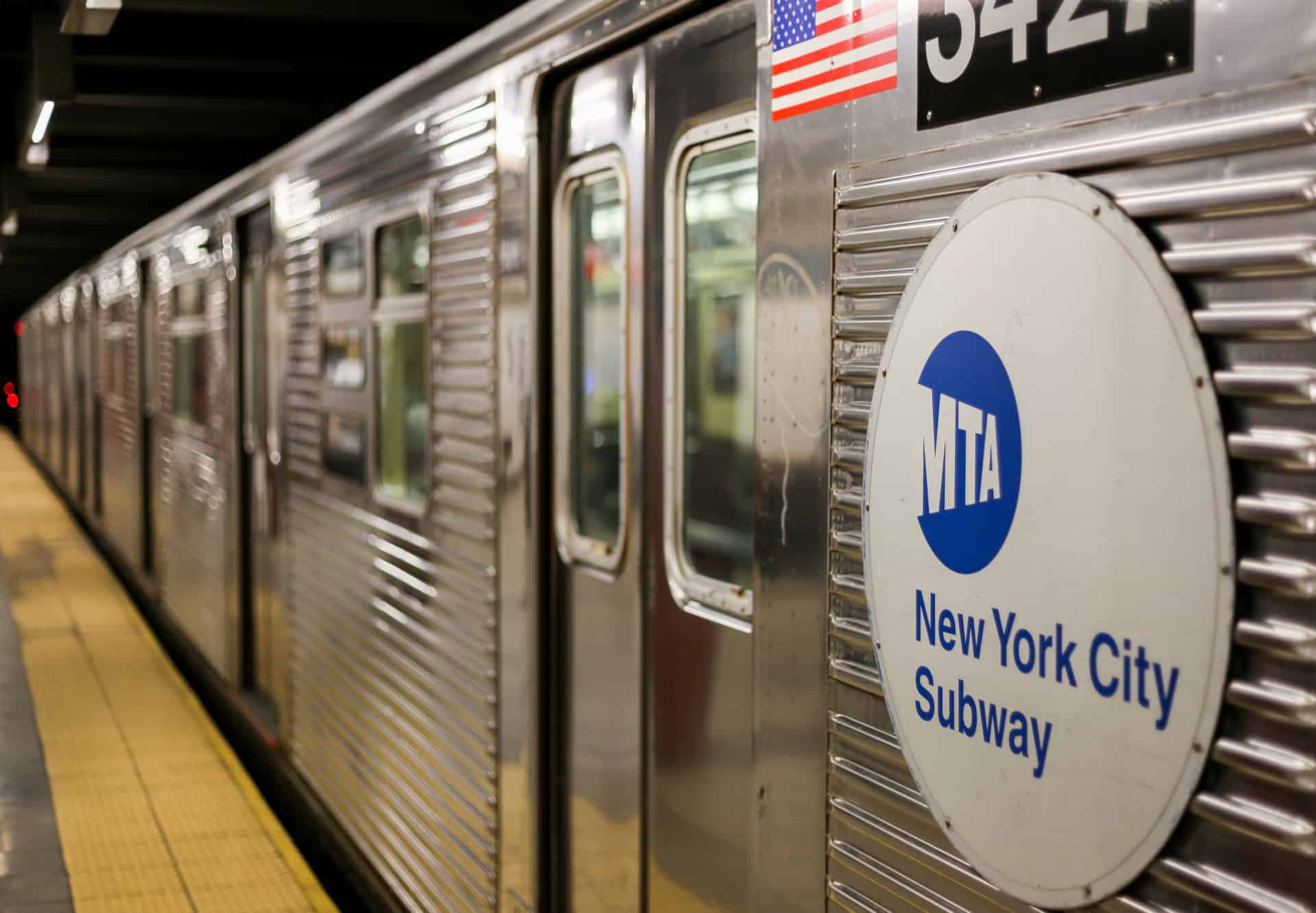Free Consultation
Free Consultation

The city’s efforts are an attempt to maintain services in order to help health care workers and those that operate essential businesses get where they need to be as safe as possible. One tactic in their strategy is paring down to one-person train operations.
What essential workers need to remember as they risk their lives traveling to and from work: Train accident liability laws are still in full effect. These laws are meant to protect our essential travelers from negligence.
There are strict laws regulating the operation of trains in the state of New York. This is especially true in New York City due to the complexity of operations. These laws regulate everything from who can operate a train to how fast trains can travel and how long operators can work.
During normal train operations, there are two employees operating most lines: the train operator and the conductor.
Train conductors are responsible for driving the train. The controls for the train operator are front-facing so that the operator can easily drive and watch the traffic signals in front of them.
The conductor is responsible for everything else. This includes operating doors, making announcements, telling the train operator when it’s safe to drive, and so on. Controls for the door operation are placed where the conductor can monitor passengers inside the train cars.
In some instances, the number of employees is reduced to one. Normally, this is for routes that have low ridership or during what is known as the “midnight hours”.
When this happens, it is known as a one-person train operation or OPTO. The train operator assumes the responsibilities of the conductor during these one-person train operations.
There are, unfortunately, many types of accidents that can occur during train operation regardless of timing and number of passengers, however.
These accidents can result in a range of minor injuries to more serious or fatal outcomes. There are laws dictating who is liable when people are injured or fatalities occur.
Usually, these laws stipulate what constitutes normal activities and outlines when the city operating a public transportation service can be held liable for injuries or deaths.
New York is no different. Because of the many different forms of public transportation here, there are laws specific to train operation. These laws state that the municipality where an accident occurred will be held responsible for accidents in the event of normal operation.
So, as long as a passenger was acting in a normal fashion, and the conductor was performing their duties as outlined, the city is liable for accidents. In the event of a one-person train operation, the rules do not change.
Even in extreme circumstances like the current pandemic, normal liability laws still apply. This includes trains that are operated as one-person train operations. In fact, it may be easier to file a negligence claim for one-person train operations.
The reason for this is that when a one-person train operation is in place, the liability pool is automatically narrowed. When all of the operations of the train are operated by one person, there are fewer questions about who was in charge when an accident or injury occurs.
Your first response in an accident on a train should always be to get help. Call 9-1-1 and/or seek medical attention. Document everything you can throughout the process.
The laws surrounding the filing of a claim against the city are long and arduous, and following this advice will ensure the very basics of filing a claim against the city. If you make any mistakes during this process, it is possible to lose your case even if it was otherwise valid.
For this reason, your second step is to reach out to an experienced New York personal injury attorney. Train liability laws are complicated and the window for filing a complaint is limited, and having someone with the background in your type of situation is imperative to your full recovery.